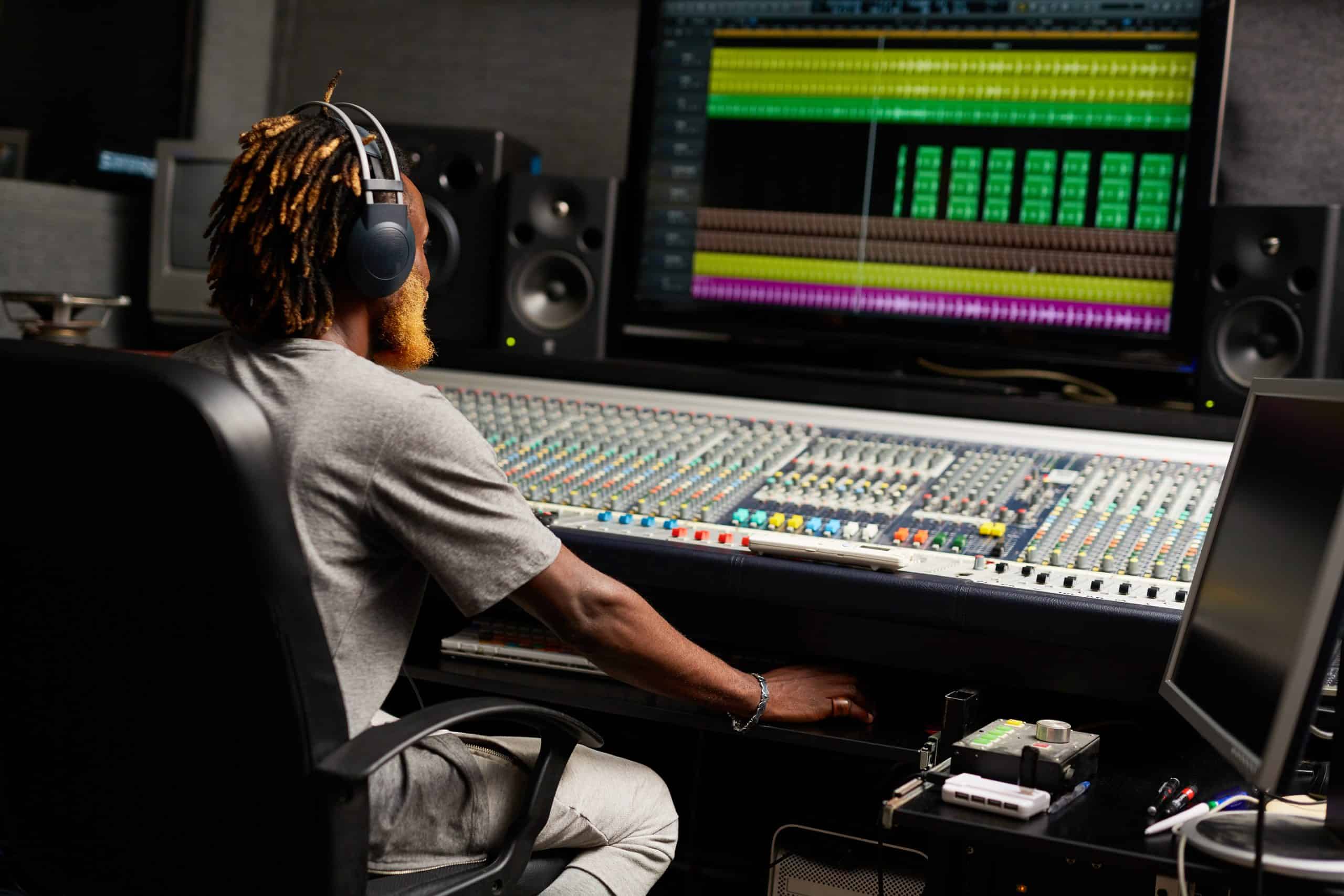What’s the Best Approach for Creating a Home Sound Studio in a Converted Loft?

Creating a home sound studio in a converted loft can be a thrilling endeavor, effectively transforming an unused space into a music wonderland. However, the process requires a good understanding of acoustics and soundproofing techniques. This article will guide you through the step-by-step process of a loft conversion for a home sound studio, focusing on room acoustics, insulation, soundproofing, and minimizing reflections.
Evaluating the Space
The first step in creating your home sound studio is the evaluation of your loft space. It’s important to consider the size and shape of the space, as these factors will influence both the acoustics and the feasibility of conversion.
Topic to read : What Are the Latest Innovations in Eco-Friendly Roofing Materials?
A room’s acoustics are largely influenced by its proportions. For instance, a square room often produces even modal distribution, which is not ideal for a recording studio. Therefore, it is crucial to consider the geometry of your loft.
Your loft’s floor, ceiling, and walls can also affect sound quality. Hard surfaces tend to reflect sound waves, causing echoes and distortions. On the other hand, soft surfaces such as carpets and upholstered furniture absorb sound and can help to control unwanted noise.
In parallel : How to Develop a Landscape Design That Conserves Water in a Dry Climate?
Another important factor to evaluate is the amount of natural light in the room. Too much light can raise the temperature of the space, affecting your equipment and overall comfort. However, you don’t want a studio that’s too dark either, as it can be uninspiring and hamper productivity.
Planning the Conversion
Once you have evaluated your loft space, the next step is to plan your conversion. This includes deciding on the layout of your sound studio, the placement of windows and doors, and the type of insulation and soundproofing materials you will use.
Layout planning is critical in determining where your recording equipment, such as microphones, speakers, and musical instruments, will be placed. These placements can significantly impact the room’s acoustics. You should also think about the placement of windows and doors, as these can affect soundproofing.
Insulation is another critical part of your loft conversion. Good insulation not only reduces energy costs, but it also helps to control the temperature of your studio. In addition, insulation can provide some degree of soundproofing, although it is not a complete solution in and of itself.
Implementing Soundproofing
Soundproofing is a vital part of creating a home sound studio. Soundproofing involves minimizing the transmission of sound between the studio and the rest of your home, as well as outside noise entering the studio.
One of the most effective ways to soundproof your loft is to add mass to the walls and floor. This can be achieved through the use of dense materials such as drywall or mass-loaded vinyl. These materials effectively absorb sound, reducing the amount of noise that can pass through them.
Another element of soundproofing is air sealing. Even small gaps and cracks can let in a significant amount of noise. Therefore, it’s essential to seal all potential air leaks, such as those around windows and doors, and where the walls meet the floor.
Installing Acoustic Treatment
Acoustic treatment is essential to control sound reflections within your studio. Unlike soundproofing, which prevents sound from entering or leaving the room, acoustic treatment absorbs and diffuses sound within the room, improving the quality of the sound you record or play back.
There are different types of acoustic treatment, including bass traps, diffusers, and absorption panels. Bass traps are designed to absorb low frequency sound, which can help to balance the sound in your room. Diffusers scatter sound waves, reducing echoes and improving sound clarity. Absorption panels, on the other hand, absorb sound waves of various frequencies, reducing reverb and echoes.
Selecting the Right Equipment
Lastly, your choice of equipment can greatly influence the sound quality in your home studio. It’s crucial to select equipment that complements the acoustics of your loft space. For instance, if your loft is relatively small, you might want to opt for near-field monitors, which are designed to deliver accurate sound at a short distance.
Remember, converting a loft into a sound studio is an intricate process that requires careful planning and execution. By taking into account room acoustics, implementing soundproofing, and choosing the right equipment, you can transform your loft into the perfect home sound studio.
Thinking about Ventilation and Climate Control
After considering room layout, soundproofing, and acoustics, the next important aspect to consider is the ventilation and climate control of your loft turned home studio. This aspect is often overlooked in the planning stage but is crucial to maintaining both your comfort and the longevity of your equipment.
In terms of ventilation, lofts can sometimes be stifling due to their height in the house. Additionally, electronic equipment such as computers, amplifiers, and recording equipment can generate a good deal of heat, increasing the temperature of the room. Therefore, installing a proper ventilation system is critical. One solution can be the installation of a mini split air conditioning unit that does not produce noise.
Climate control is more than just temperature regulation. You should also consider the humidity levels in your loft. High humidity can cause damage to equipment and distort sound recordings. Utilize a dehumidifier to keep humidity levels in check.
Remember, a comfortable environment promotes creativity and productivity. Make sure your converted loft is a space where you can work comfortably for hours on end.
Transforming Loft into a Multi-Functional Space
While the primary aim of the loft conversion is to create a home studio, consider making the space multifunctional. A well-designed loft can accommodate a recording studio, a home cinema, and even a living space. With careful planning, your loft can be a versatile space that caters to various needs.
If you are considering a home theater, remember the principles of acoustics still apply. The front wall of your home cinema should be equipped with high-quality speakers, placed at both ends of the screen. The mix position, or where you will be seated, should ideally be in the center of the room.
As for a living space, consider including a comfortable seating area, a small kitchenette, or even a sleeping area. This not only maximizes the use of the space but also makes your studio more comfortable for long recording sessions or movie marathons.
In conclusion, loft conversions provide an excellent opportunity to create a personal and professional music studio. By implementing soundproofing strategies, acoustic treatment, and selecting the right equipment, your loft can be transformed into an efficient and comfortable recording space. While the process may be challenging, the end result will be a unique space that caters to your music passion and enhances your creativity. Balancing functionality and comfort is key. Remember, the space should inspire you to create and produce music while doubling as a comfortable living space or home cinema for relaxation. The success of your studio will be a testament to your careful planning and dedication. So get started on your loft conversion and create the home studio you’ve always dreamed of.
